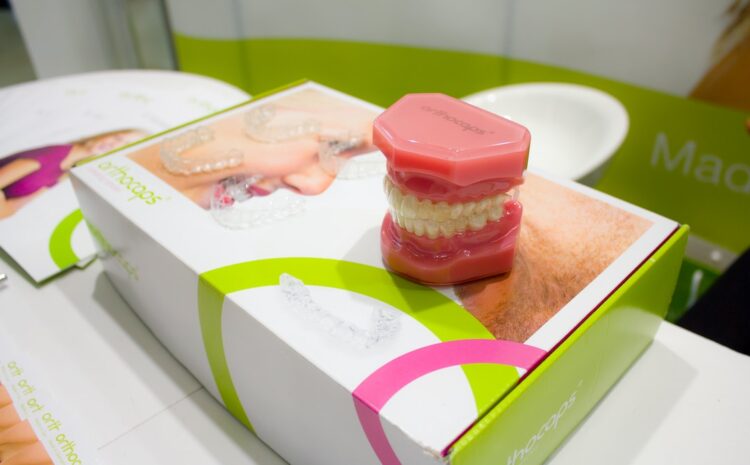
In the arena of dentistry, the terms “crown” and “bridge” aren’t uncommon. These procedures play a vital function in restoring the capability and aesthetics of a grin. If you’ve ever questioned what crown and bridge techniques contain, how they paintings, and what substances are used, you’re within the proper location. In this complete manual, we’re going to delve into the arena of crown and bridge dentistry, imparting you with all the information you want to understand.
What Are Dental Crowns and Bridges?
Dental Crowns
Let’s start with dental crowns. A dental crown, regularly called a “cap,” is a teeth-shaped cover that is positioned over a damaged or weakened teeth. It serves as a shielding shell, restoring the tooth’s energy, shape, and size. Dental crowns are custom-made to match the color and form of your herbal teeth, ensuring a seamless and herbal look.
Why Are Dental Crowns Needed?
Dental crowns are recommended in numerous conditions, which include:
Tooth Decay: When a tooth has sizable decay that can not be repaired with a filling.
Cracked or Fractured Teeth: Teeth which can be cracked or fractured because of trauma or wear and tear.
Root Canal Treatment: After a root canal procedure, a crown is often placed to guard the dealt with enamel.
Cosmetic Enhancement: For cosmetic purposes, to improve the appearance of misshapen or discolored tooth.
Dental Bridges
Now, let’s turn our interest to dental bridges. A dental bridge is a set dental restoration used to update one or more missing tooth. It includes synthetic tooth, called pontics, which might be anchored to adjacent natural tooth or dental implants.
Types of Dental Bridges
There are numerous varieties of dental bridges:
- Traditional Bridge: This includes growing a crown for the enamel on either side of the gap and attaching the pontic(s) between them.
Cantilever Bridge: Used while there are adjoining enamel on most effective one facet of the space.
Maryland Bridge: Also called a resin-bonded bridge, it’s far a conservative choice that makes use of metal or porcelain wings to connect the pontic.
Materials Used in Crown and Bridge Procedures
Crown Materials
The materials used to make dental crowns include:
- Porcelain: Offers a natural appearance and is frequently used for front teeth.
Metal: Provides outstanding durability and is typically used for molars.
Porcelain-Fused-to-Metal (PFM): Combines the electricity of metallic with the aesthetics of porcelain.
Bridge Materials
Similarly, dental bridges may be crafted from numerous substances, inclusive of:
- Porcelain: Resembles natural tooth and is typically used for the front teeth.
Metal: Known for its electricity and toughness.
Porcelain-Fused-to-Metal (PFM): Balances aesthetics and durability.
The Crown and Bridge Procedure
Crown Procedure
Consultation: Your dentist will compare your oral health and speak the need for a crown.
Tooth Preparation: The broken enamel is ready by way of getting rid of decay and shaping it to house the crown.
Impression: An influence of the prepared teeth is taken to create a custom crown.
Temporary Crown: A brief crown may be positioned at the same time as the everlasting one is being fabricated.
Crown Placement: The custom crown is cemented onto the organized tooth, restoring its functionality.
Bridge Procedure
Consultation and Planning: Your dentist will examine the distance and determine the perfect kind of bridge.
Tooth Preparation: The adjoining enamel are organized to acquire crowns or wings for bridge attachment.
Impression: An influence is taken to create a custom bridge with pontics.
Temporary Bridge: A transient bridge can be used whilst the permanent one is being made.
Bridge Placement: The custom bridge is secured in location, filling the distance and restoring your smile.
Benefits of Crown and Bridge Procedures
Crown Benefits
Restored Functionality: Crowns guard weakened tooth and allow normal biting and chewing.
Aesthetic Improvement: They beautify the advent of broken or discolored teeth.
Longevity: Crowns are long lasting and may final many years with right care.
Bridge Benefits
Tooth Replacement: Bridges are an effective solution for filling gaps left by means of missing teeth.
Improved Speech and Chewing: They repair right dental characteristic.
Prevent Shifting: Bridges help save you adjoining tooth from moving out of role.
What to Expect During Treatment
Crown Treatment
Crown placement is usually a honest procedure that can be finished in a couple of visits on your dentist. You may revel in a few mild discomfort or sensitivity, but this is temporary.
Bridge Treatment
Bridge placement can also contain more than one visits, because it calls for education of adjoining enamel. Your dentist will manual you on worrying to your temporary bridge till the everlasting one is prepared.
Conclusion
Crown and bridge tactics are treasured gear in restorative dentistry, imparting answers for broken and lacking enamel. These treatments now not most effective improve oral health but also decorate the advent of your smile. If you’re considering crown or bridge treatment, consult with your dentist to determine the quality approach to your specific desires.

